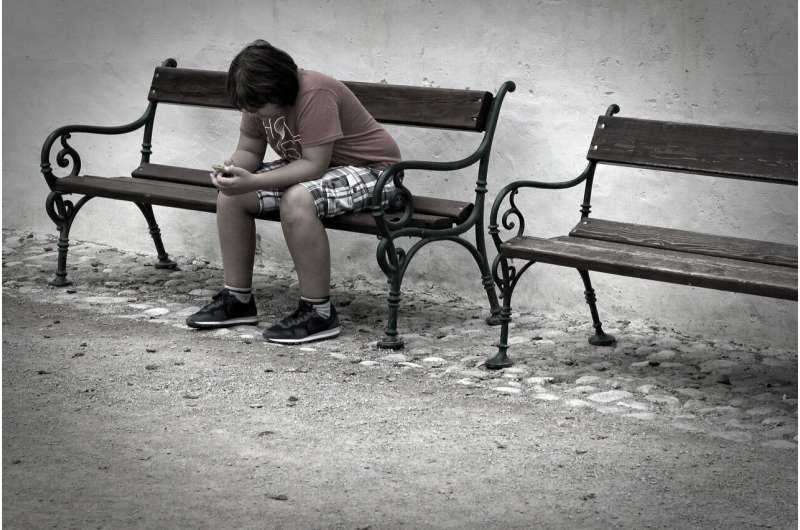This article has been reviewed according to Science X's editorial process and policies. Editors have highlighted the following attributes while ensuring the content's credibility:
fact-checked
peer-reviewed publication
trusted source
proofread
New tool will help to diagnose form of extreme social isolation

A new evaluation tool offers practical guidance for diagnosing an extreme form of social isolation known as hikikimori.
The diagnostic evaluation tool was published online Sept. 15 with an accompanying letter by co-authors in the journal World Psychiatry. The tool is the first structured technique to evaluate people who suffer from a condition first recognized in young people in Japan, but believed to be widely shared in people of all ages across the globe.
Known as the Hikikomori Diagnostic Evaluation, or HiDE, the tool provides practical guidance and specific structured interview questions for clinicians to diagnose the condition.
"Providers and patients who have heard about hikikomori are still often in the dark in terms of knowing what exactly it is, or how they might get clinically evaluated for it," said lead author Alan Teo, M.D., associate professor of psychiatry in the School of Medicine at Oregon Health & Science University, and a psychiatrist in the VA Portland Health Care System. "Family members have looked for therapists and psychiatrists who can help, and they hit dead ends."
Hikikimori is distinguished by stress caused by months-long isolation at home.
The new evaluation tool offers a roadmap for clinicians to clearly diagnose hikikimori, which is distinct from other forms of mental illness such as generalized anxiety disorder.
In early 2020, Teo and co-authors published in World Psychiatry a simplified and clear definition of hikikomori. The ink had barely dried on that publication when the COVID-19 pandemic forced much of the world to work from home and refrain from large public gatherings—introducing extreme social isolation for some, and amplifying it for others.
"When COVID hit, people began spending more time alone, going into their own caves," Teo said. "That affected the way we live our lives. In addition, technology encourages us to look at our screens and not necessarily look each other in the eye. I have to think all of these factors are nudging more people in the direction of risk for hikikomori."
The next step will be clinical guidance to actually treat the condition once it's accurately diagnosed.
"We don't know what treatments work, and what treatments don't work," Teo said. "We're focused on doing things one step at a time. You can't treat something if you can't agree on what it is, and if you can't diagnose it in the first place."
More information: Alan R. Teo et al, The Hikikomori Diagnostic Evaluation (HiDE): a proposal for a structured assessment of pathological social withdrawal, World Psychiatry (2023). DOI: 10.1002/wps.21123





















